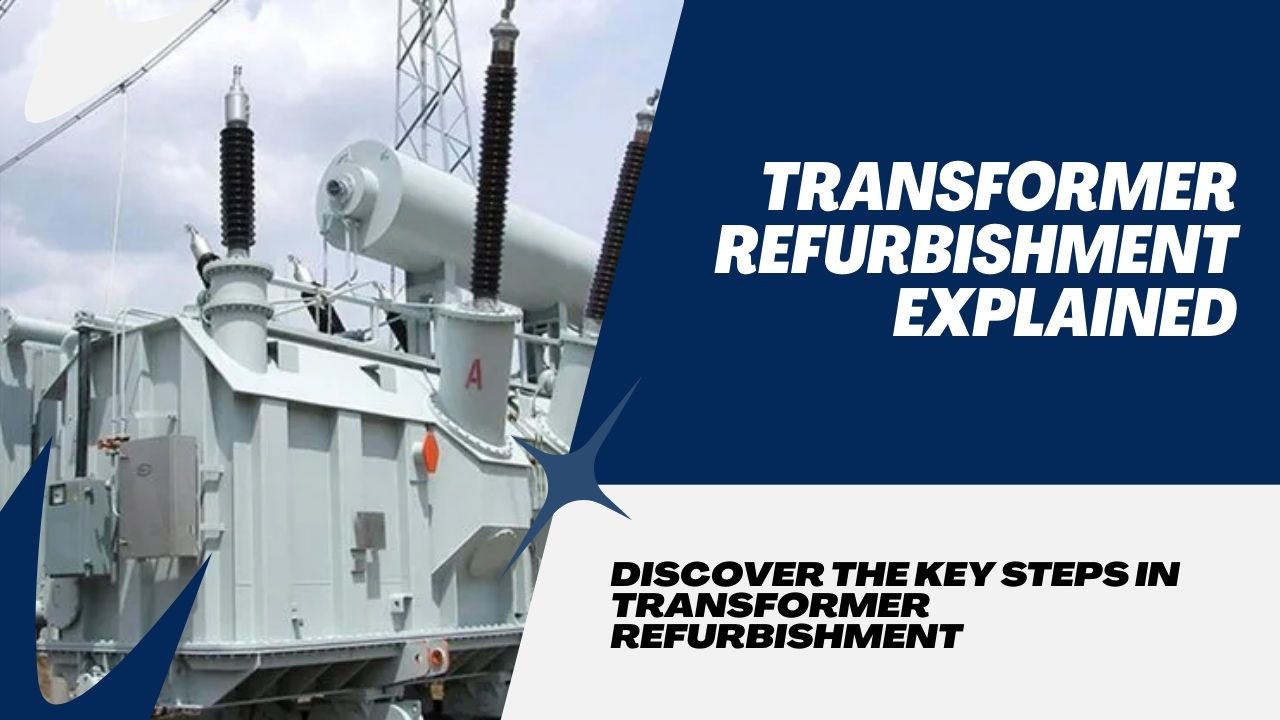

Refurbishment sounds like a technical process, but it often begins with something very human—doubt.
You’re watching performance dip, or hearing unfamiliar sounds, or noticing changes in temperature patterns.
The unit still runs, but something feels off. And that’s when teams start asking: what’s really happening inside?
Here’s what a thorough transformer refurbishment usually involves.
Opening the tank is where the real story starts. Until that point, diagnostics rely on surface-level symptoms, like hot spots, insulation readings, and oil analysis.
But once the unit is open, you can examine the geometry, color changes, and physical wear directly on the core and coils.
Even subtle discoloration or deformation around the clamps can tell you where thermal strain built up over time.
In some cases, the team may find varnish breakdown or loosened bracing that gradually shifted magnetic paths. This stage is where direction shifts from assumption to evidence, making it vital for transformers manufacturers to analyze and implement long-term reliability measures.
Refurbishment crews test insulation in the field, but under shop conditions, they can go further.
Beyond the standard insulation resistance (IR) test, many teams use power factor, dissipation factor, or dielectric tests to measure how much the insulation has aged or absorbed moisture.
More importantly, they pair these test results with physical inspection, which includes looking for baked paper, flaked coatings, or softened spacers.
This combination of data and visual cues helps decide whether insulation gets cleaned, replaced, or upgraded.
Once the unit is drained and open, everything from fasteners to frame welds comes under review.
You’ll often see minor damage at pressure points, where windings have pressed repeatedly against the structure during thermal cycling.
This part of the process often includes reinforcement in ways that wouldn’t show up in a spec sheet.
For example, bracing may be redesigned with better distribution of stress or vibration-dampening pads added near tap leads. These tweaks extend life without changing the transformer's size or rating.
Some parts age out no matter how well the transformer was handled. During refurbishment, you can expect several of these to be replaced even if they appear intact:
> Gaskets that no longer seal under pressure due to rubber hardening or compression set
> Bushings with signs of tracking or low IR values under oil
> Tap changers with worn contacts or inconsistent transitions
> Oil that has lost oxidation stability or shows sludge formation
> Pressure relief devices that no longer reset cleanly
These replacements bring the unit’s reliability back to baseline and support long-term performance.
Once the internal work wraps up, the process moves to reassembly and validation. This part matters as much as the repairs.
Crews follow specific torque settings, drying cycles, and sealing protocols. Then come the tests (routine and type-specific) to prove the transformer meets operational expectations.
Some refurbishments also include fine-tuning, especially if the application changed. That might mean adjusting tap positions, setting new alarm thresholds, or reconfiguring fans for a different duty cycle.
Refurbishment goes beyond reassembly. It sets the unit up to match the demands it will face going forward.
Refurbishment helps a transformer earn its second life, but only if the process looks at the whole picture, not just isolated parts.
In our work, we’ve seen aging units return to service stronger than before because the repairs went deeper than symptom treatment.
At Makpower, we often support clients with tear-downs, redesigns, or even custom rebuilds based on the condition found inside. Whether it’s a standard life extension or a step-up in duty, the goal stays the same: match the unit to the load it needs to serve next.